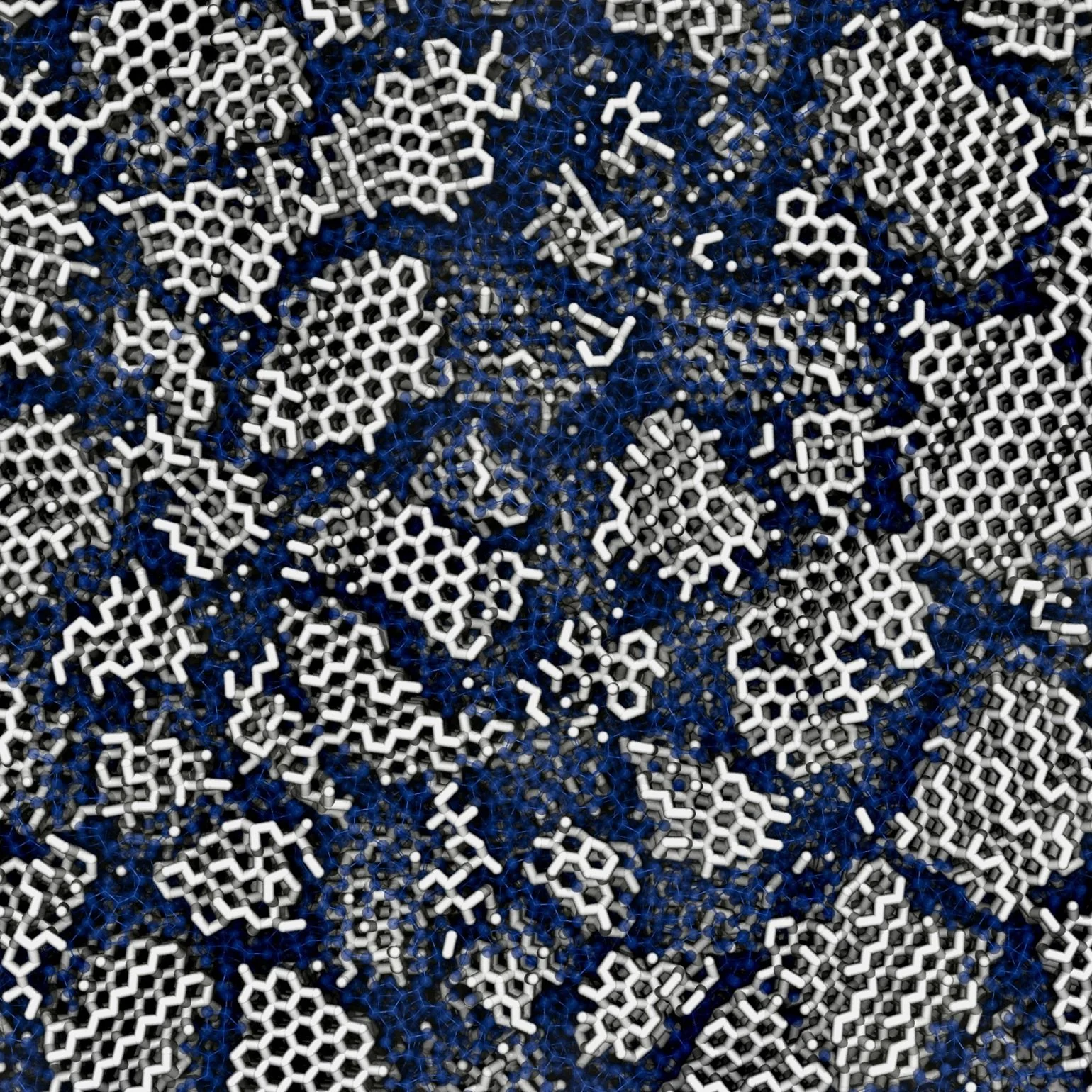Have you ever wondered what makes our ability to see a rainbow of colors different from that of dogs or cats? Researchers have recently made an eye-opening discovery using human retinas grown in a petri dish, shedding light on this uniquely human trait.
Image Credit: eva_blanco via Shutterstock / HDR tune by Universla-Sci
The Secret Behind Seeing Millions of Colors
Unlike many mammals, humans can perceive a wide spectrum of colors. The key to this ability lies in specialized cells in our eyes. Thanks to the groundbreaking work of Robert Johnston and his team, we now understand that an offshoot of vitamin A plays a crucial role in developing these cells.
Johnston, an associate professor of biology, and his team used what they call "retinal organoids" – essentially mini-retinas grown in the lab – to delve into this phenomenon. This approach provided them with a unique opportunity to study the human-specific trait of color vision.
Implications Beyond Just Vision
The findings, published in the renowned journal PLOS Biology, do more than just satisfy scientific curiosity. They pave the way for a better understanding of conditions like color blindness, age-related vision loss, and other diseases affecting the photoreceptor cells in our eyes.
A significant twist in their research was the role of retinoic acid. Previously, scientists believed thyroid hormones dictated whether our eyes develop red or green light-sensing cells. However, Johnston's team found that retinoic acid is the maestro, orchestrating whether a cell becomes sensitive to red or green light.
A Delicate Balance of Green and Red
The researchers discovered that the levels of retinoic acid during the early development of the organoids determined the ratio of green to red cones in the retina. This finding challenges the long-held belief that the development of these cells was more or less random.
Another fascinating aspect of the study involved tracking the subtle genetic differences between green and red cone cells over a period of 200 days. Despite these cells being 96% identical genetically, they are distinct in their function, determined by the type of opsin protein they contain.
Retinal organoid highlighted with blue cones in cyan and green/red cones in green. Rod cells, essential for low-light and night vision, are indicated in magenta. - (Credit: Sarah Hadyniak/Johns Hopkins University)
Implications for Human Health
Understanding how these cells develop and function is not just an academic exercise. It has real-world implications for tackling diseases like macular degeneration, a leading cause of vision loss. The research team is now collaborating with other labs to explore how these findings can be translated into treatments.
The ultimate goal, as shared by Johnston, is to aid people suffering from vision problems. While admitting that practical applications might still be some way off, the team is optimistic. Their ability to manipulate the balance of green and red cells in the lab holds promise for future therapies.
This study, published in the peer-reviewed science journal PLOS Biology, marks a significant leap in our understanding of human vision and its complexities. It brings us one step closer to preserving and enhancing this vital sense that colors our perception of the world. For those interested, we have placed a link to the publication below this article.
Sources and further reading:
Retinoic acid signaling regulates spatiotemporal specification of human green and red cones (PLOS Biology)
Amazing: bioengineered cornea restores vision for people suffering from corneal blindness (Universal-Sci)
Too busy to follow science news during the week? - Consider subscribing to our (free) newsletter - (Universal-Sci Weekly) - and get the 5 most interesting science articles of the week in your inbox
FEATURED ARTICLES:









